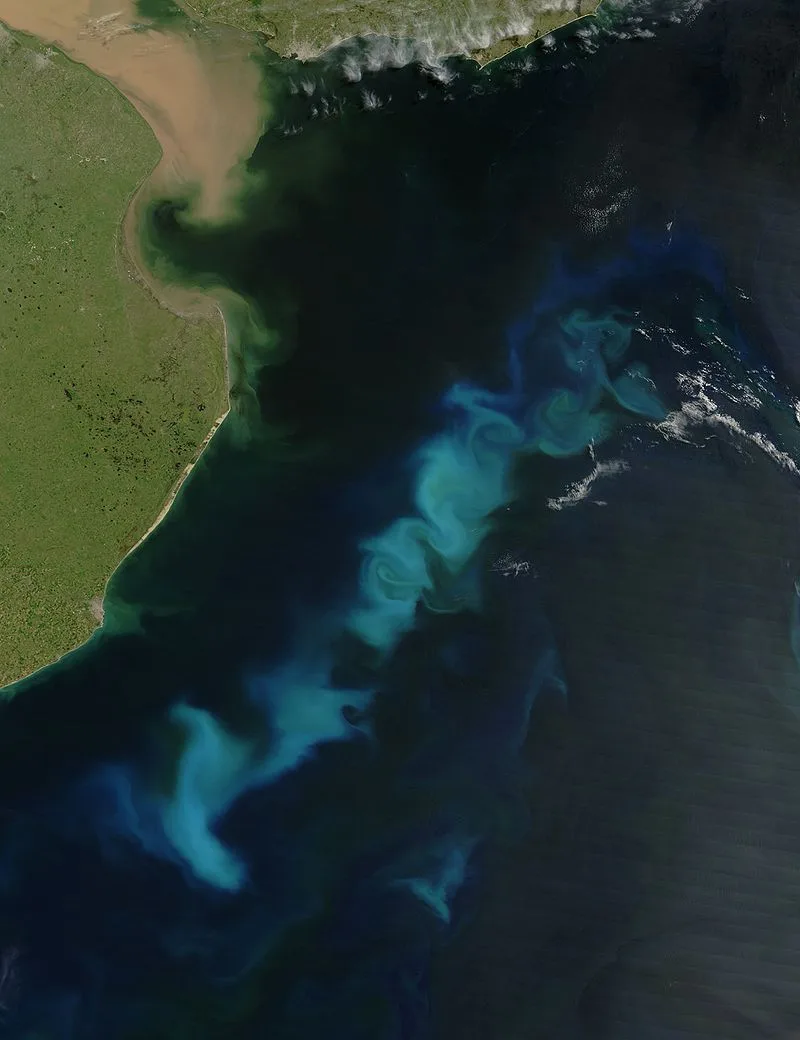Why we care
Ocean alkalinity enhancement relies on modifying the acid-base properties of seawater to remove carbon dioxide, however the effect of this strategy on primary productivity, cell physiology, and carbon export remain unknown. These impacts are not only potential ecosystem effects, but may influence the efficiency of carbon dioxide removal. This research focuses on understanding the impacts of ocean alkalinity enhancement as a method of removing carbon dioxide from the ocean on phytoplankton, specifically diatoms and coccolithophores.
What we will do
This project aims to address potential impacts of ocean alkalinity enhancement on phytoplankton by conducting laboratory and field experiments. Laboratory experiments will assess the effects of ocean alkalinity enhancement on representative diatom and coccolithophore species. Next, the team will study the response of natural diatom and coccolithophore communities to ocean alkalinity enhancement during research cruises. They hypothesize that the impact of ocean alkalinity enhancement will depend on the dominant phytoplankton species in the community. Lastly, this study will evaluate the response of a natural microbial community to a dispersing plume of dissolved alkalinity during a field trial. The research team anticipates that the differences in the community response inside and outside the plume will be measurable but insignificant. The project also evaluates the effect of biomass loading during a bloom progression, assessing community composition, mineral production, particle dynamics, and carbon export.
Benefits of our work
This work will provide valuable insights for ocean alkalinity enhancement practitioners, modelers, and stakeholders, and to generate important measurements of ocean alkalinity enhancement biological responses in the field.
Award amount: $1,026,045
Funding source(s): NOAA
IRA funding? Yes
Project duration: 3 years
Investigators
Adam Subhas, Woods Hole Oceanographic Institution
Kay Bidle, Rutgers University
Kimberlee Thamatrakoln, Rutgers University
Read the press release from the Woods Hole Oceanographic Institution (WHOI)



